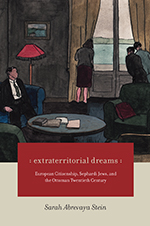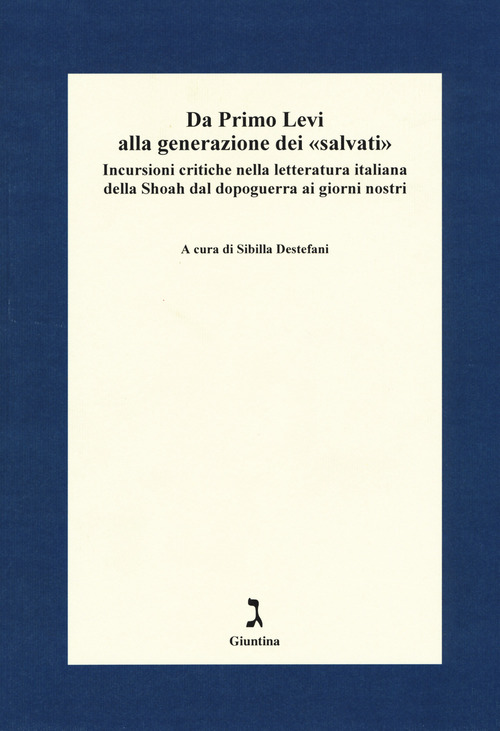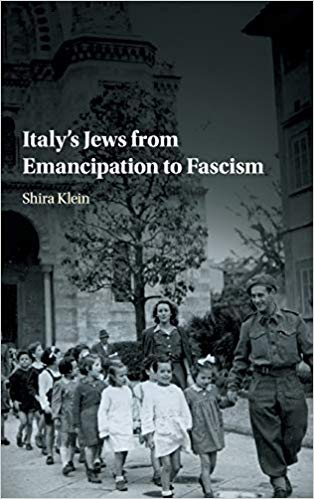ABSTRACT
Itsik Kipnis’s 1926 Yiddish novel, Months and Days: A Chronicle (Khadoshim un teg: A khronik) offers one of the most important accounts of the pogroms of 1919 by focusing on the events that took place in the shtetl of Slovechno (at the time, Volhynia province).This paper argues that Kipnis’s apparently naïve testimony offers important insights into the documentation and experience of violence, and in addition, opens a window in the conceptualization of violence. The key term is the Hebrew and Yiddish word hefker, which Kipnis uses to describe how he feels on the first night of the Slovechno pogrom. The word means “ownerless property” and “abandoned object.” I suggest that this term has broader ramifications for the particular forms of violence characteristic of this period, and the strange transformations to which both perpetrators and victims were subject. Moreover, the term hefker shares important parallels with current theorizations of violence, especially as formulated by Agamben and further developed by Eric Santner.


